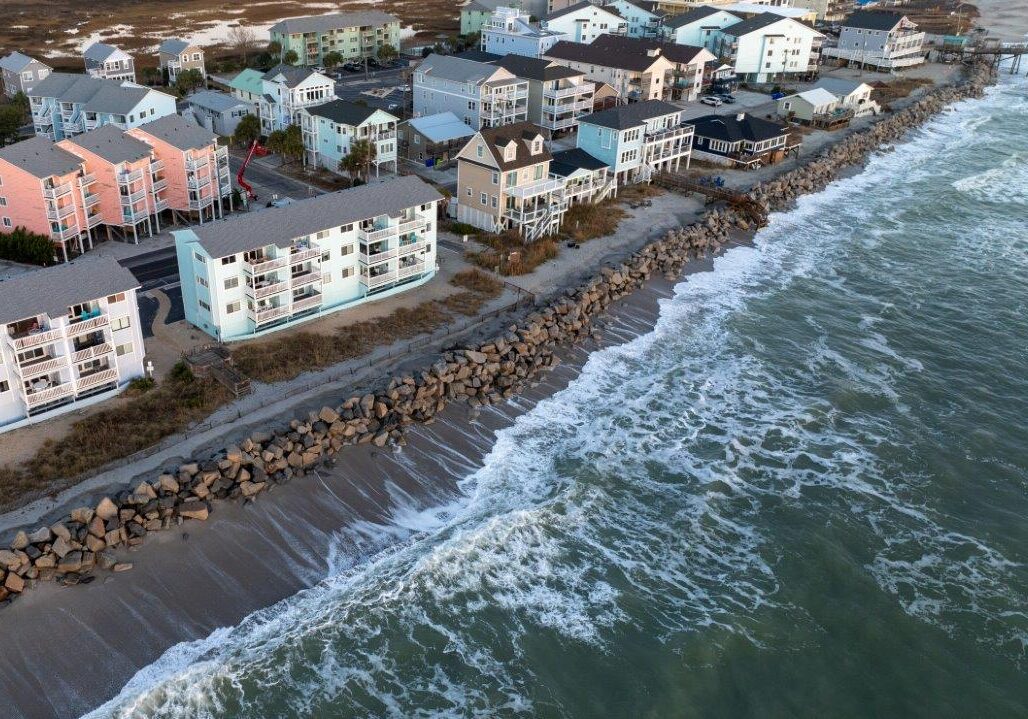
The changing climate across the globe has forced people and communities to adapt in various ways.
Even if we stopped emitting greenhouse emissions tomorrow, we still need to adapt to the impacts from climate change we are experiencing now, and the impacts that will come.
While the impacts from climate change are a global issue, they are not evenly distributed; some areas are affected more than others, and in different ways. Therefore, the impacts we see and the extent and manner in which we need to adapt, will vary from place to place. In the US events such as flash flooding, storm tidal surges and hurricanes, droughts, heatwaves and wildfires are becoming more frequent and more intense.
Climate adaptation refers to the fact that there is a given amount of human-induced climate change already in the atmosphere. Adaptation is also sometimes referred to as resilience, and means we need to prepare for current and potential future impacts.
Measures to adapt to extreme weather events exacerbated by climate change in the US include:

Flooding
- Implementing infrastructure upgrades such as stormwater management systems, sewers and culverts for drainage to combat flooding.
- Establishing flood defenses, such as levees and berms, to help protect infrastructure against rising sea and river levels.
- Relocating infrastructure and buildings to higher elevations through either a move of location or elevating using stilts.
- Implementing coastal adaptations such as mangroves for storm surges, or upstream re-meandering of rivers to slow down floodwaters.
Wildfires
- Establishing firebreaks and defensible spaces by ensuring a gap between vegetation or other combustible materials, to act as a barrier that can slow or stop the progress of fires.
Droughts
- Increasing the amount and availability of groundwater storage and permeable surfaces allows for water access during periods of excess rain, offering resilience during periods of drought.
Heatwaves
- Installing green roofs or light-colored roofing and hardscape to reflect the radiant heat.
- Plant trees and vegetation around buildings, providing shade to keep them and their surroundings cooler.
Beyond physical adaptation measures, it is also important that you have a supply chain that is diverse enough to accommodate climate change impacts.
Collaborate with your suppliers to ensure they are also adapting to build their climate resilience – this may include working with suppliers in different areas, to ensure you are prepared for any extreme events to avoid disruptions to work.

Climate Adaptation - Sustainability Short
Learn the basics and spark some ideas on how to adapt to climate change in the built environment.
Climate adaptation
Climate Adaptation
E-learning module
Climate adaptation
Climate Adaptation – Sustainability Short
Video
Energy and Carbon
Introduction to Climate Change and Carbon
E-learning module
Energy and Carbon
Climate and Carbon – Sustainability Short
Video


 30 minutes
30 minutes